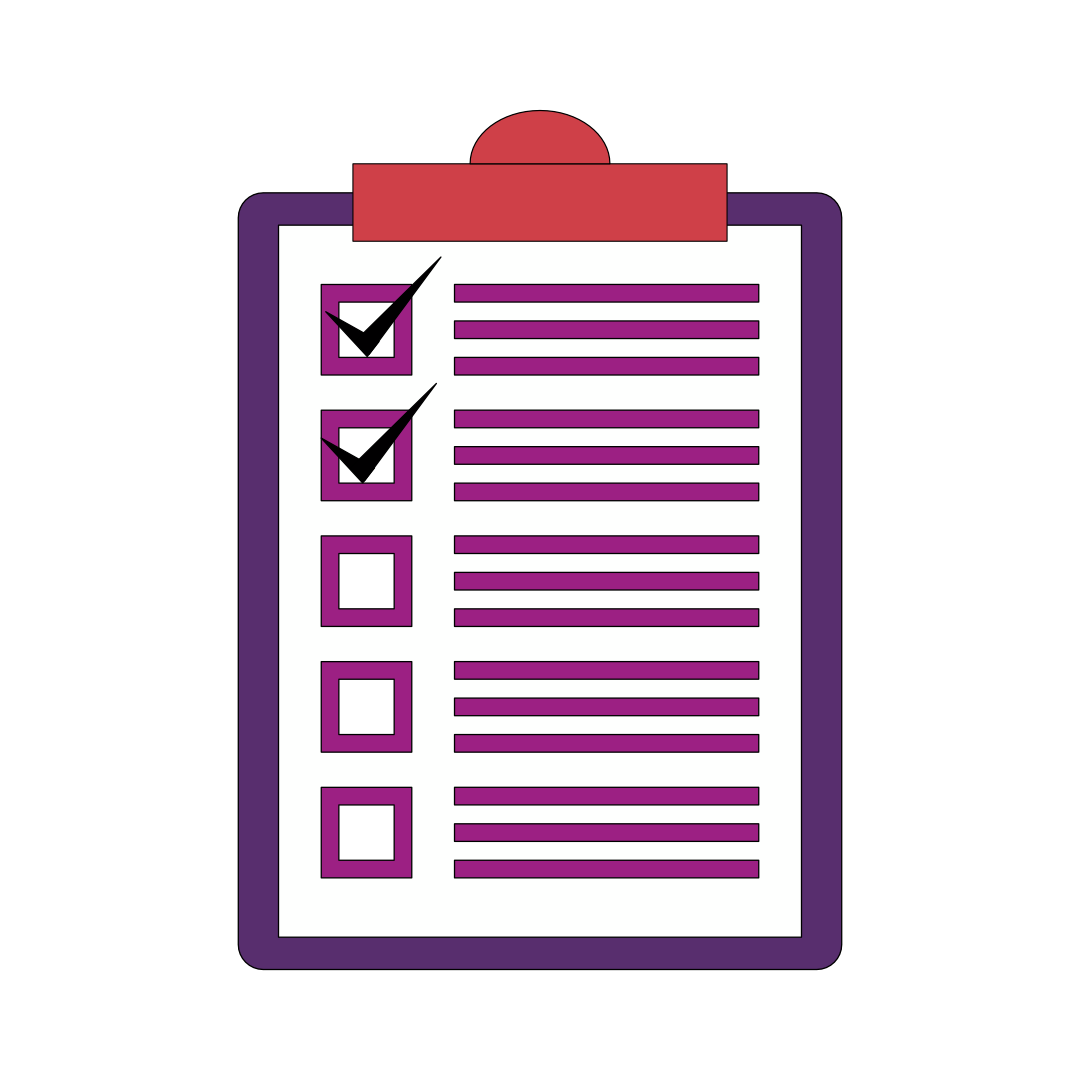COMMUNICATION
Assertion
The behaviours in the table below show how you can demonstrate the skill of Assertion at each of the competency levels in which it appears. Click on the plus sign to show the behaviours at that level.
Foundation
- Expresses own needs, opinions, and feelings assertively and allows others to do the same.
Level 1
- Constructively challenges or confronts others and expresses own needs confidently and assertively, even when they might be different to the needs of others or potentially unpopular.
Resources
Below you will find learning resources to help you develop the skill of Assertion. Click on the links to access the resources.

Assert Yourself
Understanding Rights and Responsibilities
This PDF covers the difference between a right (something you have the freedom to do taking only yourself into account) and a responsibility (something you are required to do to take other people into account) and how to maintain a fair balance between the two. It will help you reach a constructive outcome if there are problems and disagreements.
Managing Your Inner Dialogues
This PDF looks at how our inner dialogues affect our performance, specifically how they can make us act aggressively, assertively, or non-assertively. It provides tips on how to change our inner dialogues so that they help rather than hinder us.
Assertive Behaviour - Push Pull
This PDF covers a technique to help someone else reach an assertive position, ‘pulling’ them out if they are too passive, and ‘pushing’ back if they are too aggressive. It will help you to reach a balanced outcome and make the other person feel heard.
Assertiveness Techniques
In this PDF you will find practical techniques to help you use an assertive approach and in which situations they would be the most useful. The steps are outlined so that they are easy to remember.

VIDEOS
Assert Yourself
This video provides an explanation of a fundamentally important approach and mindset, being assertive, and how you or others might adopt a less helpful one of being non-assertive, aggressive, or avoiding. You will learn how to recognise the different approaches, if you need to adjust how you behave and what you say to project a more assertive/collaborative stance towards others, especially if they are using an unhelpful approach towards you.
Rights and Responsibilities
This video explains how clarifying rights and responsibilities can lead to a more assertive mindset and approach and how, when out of balance, they lead to aggressive or non-assertive states of mind and behaviour. You can use the technique to help yourself to handle difficult or unfamiliar situations better, and coach anyone in your team who also needs support to become more assertive and effective.

Awareness
Read and/or watch 'Assert Yourself' and this will be a platform for all your interactions with people. Review how you respond to others. Is it assertive, aggressive, or non-assertive? Is it consistent or does it vary with whom you are interacting?
Adjustment
If you want to adjust your approach generally, or in a specific situation read and/or watch 'Understanding Rights and Responsibilities'. When you review and adjust these, they will change the balance of your unconscious thinking towards an assertive mindset and behaviours.
Reinforcement
Read 'Managing Your Inner Dialogues' and practise the technique to maintain an assertive approach and mindset. Specifically before going into a situation, analyse how you are feeling; consider how you are going to deliver the message and rehearse your opening statement to start off well.
Skills
Read 'Assertive Behaviour - Push Pull' and 'Assertiveness Techniques' for useful tips on how to widen your range of skills. Knowing how to do something means you can! Just changing the way you phrase something can make all the difference, even if the content of the message is the same.
